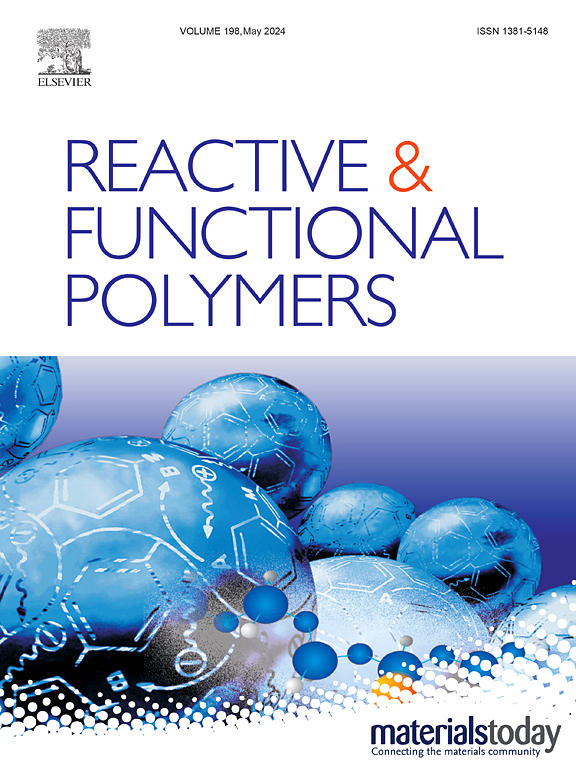Adjustment in physicochemical properties of PMMA particles through different photopolymerization methods to achieve their functional applications in various scenarios
IF 4.5
3区 工程技术
Q1 CHEMISTRY, APPLIED
引用次数: 0
Abstract
Poly(methyl methacrylate) (PMMA) is a polymeric compound synthesized from its monomer unit methyl methacrylate (MMA). PMMA is usually processed into particles and the functional application of these particles has been promoted in various fields such as biomedicine, coatings, and optical devices. At present, the preparation process for PMMA particles in industrialization mostly relies on thermal polymerization. Still, the traditional thermal-initiated mode has high energy consumption and long cycles, so it is urgent to explore new approaches for preparing PMMA particles with low energy and high efficiency. Photopolymerization is an effective medium for achieving this goal and has the advantages of fast curing, mild reaction conditions, and environmental protection. Therefore, this review summarizes the photoinitiated preparation methods of PMMA particles, including emulsion photopolymerization, dispersion photopolymerization, controlled/living radical photopolymerization, surface-initiated photopolymerization, and in situ photopolymerization. Furthermore, the functional application of PMMA particles based on these photopolymerization methods is further introduced and prospected.
通过不同的光聚合方法调整PMMA颗粒的理化性质,实现其在各种场景下的功能应用
聚甲基丙烯酸甲酯(PMMA)是由单体甲基丙烯酸甲酯(MMA)合成的一种高分子化合物。PMMA通常被加工成颗粒,这些颗粒在生物医药、涂料、光学器件等各个领域的功能应用得到了促进。目前工业化生产的PMMA颗粒的制备工艺主要依靠热聚合。然而,传统的热启动模式存在高能耗、长周期的缺点,因此迫切需要探索低能量、高效率的PMMA颗粒制备新方法。光聚合是实现这一目标的有效介质,具有固化快、反应条件温和、环保等优点。因此,本文综述了PMMA颗粒的光引发制备方法,包括乳液光聚合、分散光聚合、可控/活性自由基光聚合、表面光聚合和原位光聚合。进一步介绍并展望了基于这些光聚合方法的PMMA颗粒的功能应用。
本文章由计算机程序翻译,如有差异,请以英文原文为准。
求助全文
约1分钟内获得全文
求助全文
来源期刊

Reactive & Functional Polymers
工程技术-高分子科学
CiteScore
8.90
自引率
5.90%
发文量
259
审稿时长
27 days
期刊介绍:
Reactive & Functional Polymers provides a forum to disseminate original ideas, concepts and developments in the science and technology of polymers with functional groups, which impart specific chemical reactivity or physical, chemical, structural, biological, and pharmacological functionality. The scope covers organic polymers, acting for instance as reagents, catalysts, templates, ion-exchangers, selective sorbents, chelating or antimicrobial agents, drug carriers, sensors, membranes, and hydrogels. This also includes reactive cross-linkable prepolymers and high-performance thermosetting polymers, natural or degradable polymers, conducting polymers, and porous polymers.
Original research articles must contain thorough molecular and material characterization data on synthesis of the above polymers in combination with their applications. Applications include but are not limited to catalysis, water or effluent treatment, separations and recovery, electronics and information storage, energy conversion, encapsulation, or adhesion.
 求助内容:
求助内容: 应助结果提醒方式:
应助结果提醒方式:


